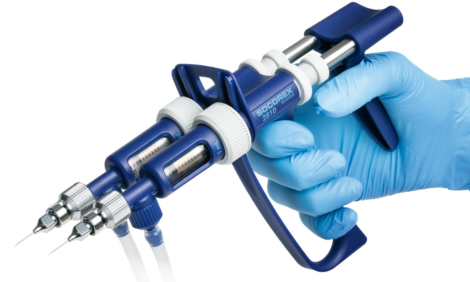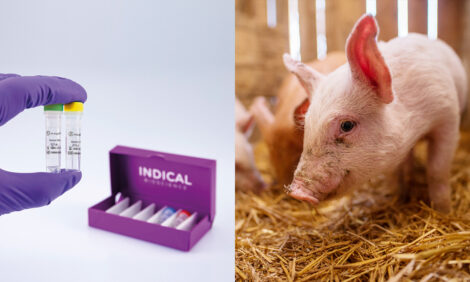



A Producer's Guide to Managing PCVAD
By The American Association of Swine Veterinarians - In 2005, swine practitioners in the United States started to report increased numbers of cases of postweaning multisystemic wasting syndrome (or PMWS) in finisher pigs.
Introduction
In contrast to previous reports of PMWS in the United States, this form of the disease has been more severe, with pigs experiencing rapid weight loss and higher rates of mortality. Research trials and field cases have shown that porcine circovirus type 2 (or PCV2) plays a role in the presentation of PMWS. Due to the complexity of the problem, veterinarians faced with this situation will submit samples and collect production records to fully understand the role of PCV2 and other infectious and non-infectious agents.
In March, 2006 the American Association of Swine Veterinarians (AASV) formed the PCV2 Ad Hoc Committee. One of the recommendations made by this committee has been to develop a name that encompasses several syndromes including PMWS. The name suggested by AASV is porcine circovirus associated diseases (or PCVAD). PCVAD will be used to describe the different diseases attributed to porcine circovirus. This brochure uses the new denomination throughout. The National Pork Board, through the Pork Checkoff, and the AASV have recognized the importance of this syndrome to our industry and have taken several actions.
The Pork Checkoff has committed over $500,000 in funding toward research on PCVAD, $200,000 in cooperative funding with USDA, and prepared producerdirected awareness and informational material on the same topic. The AASV has also formulated a case definition that will assist producers and veterinarians in categorizing the disease.
To reduce the effect of PMWS in several production settings across Europe in 1997, Dr. Francois Madec recommended 20 management practices. These principles have been utilized by practitioners around the world sucessfully to reduce the economic losses associated with this disease. The “Madec principles”, as they are termed, are used as the basis for some of the recommendations included in this brochure. Other research findings are also included in this text.
This brochure is a joint effort between the AASV and the Pork Checkoff. Its goal is to offer recommendations that may help to reduce the economic effects of PCVAD. Remember to consult with your herd veterinarian to confirm a diagnosis of PCVAD and for information on how the information in this brochure can be applied in your operation.
Contents
- Disease description
- What will the veterinarian do?
- The need for laboratory diagnosis
- What can you do if PCVAD is diagnosed on your farm?
- Farrowing Barn
- Nursery Facilities
- Grow-Finish and Finisher Facilities
- Replacement Stock
- Others
- What other practices may your veterinarian recommend?
- Twenty technical recommendations
- References
January 2007








